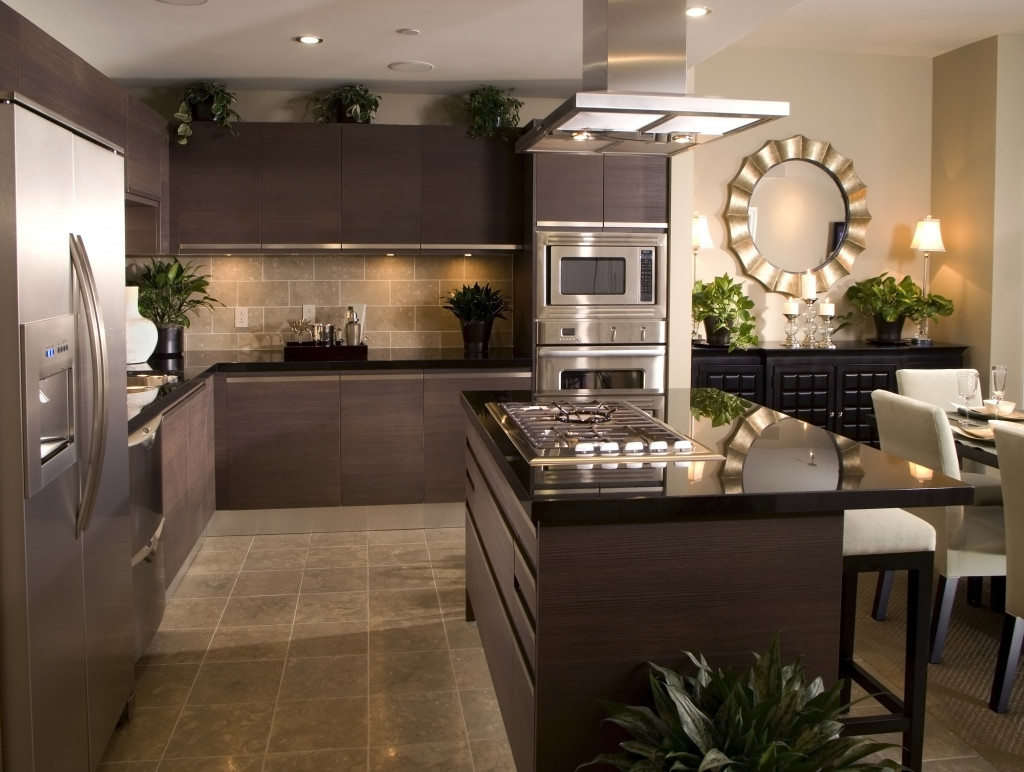- Store sharp objects and kitchen tools out of reach of children. You can also install child-proof locks on cabinets.
- Install grab bars near the toilet or bathtub for extra stability when entering or exiting these areas.
- Make sure there is proper lighting on staircases in the house and install handrails along both sides of the stairs.
- Store dangerous materials like paint cans and lawnmowers safely and securely out of reach of children.
- Install dehumidifiers to reduce the amount of moisture that accumulates in an enclosed space.
It is easy to think of your home as safe, but there are certain areas that can prove more hazardous than you think. Household hazards can come in many forms, from physical dangers like fire and electrical shocks to environmental threats such as humidity and poor air quality. Knowing which areas in your home pose the most risk will help you keep your family safe. Here’s a look at a few of the most hazardous areas in your home and how to safeguard them.
Kitchen
The kitchen contains many potential dangers, including sharp objects, hot surfaces, and flammable liquids. It is important to always use caution when cooking or handling any kitchen items.
To minimize the risk of injury, store all knives and kitchen tools out of reach of children. Install child-proof locks on cabinets containing dangerous materials such as cleaning supplies or chemicals. Unplug any electrical appliances when not in use and avoid leaving hot surfaces exposed for too long.
Bathroom
The bathroom is another area with many potential risks for adults and children. In addition to slips and falls due to wet floors, this room has many safety hazards related to its plumbing fixtures. Always unplug hair dryers or electric razors before getting into the shower or bath to protect yourself from electrical shock!
Make sure all towel rails are fixed firmly before using them. Loose bars can be easily pulled down by kids playing around. Additionally, it is important to check that all taps are turned off after use so no one risks scalding themselves with hot water later on. Lastly, install grab bars near the toilet or bathtub for extra stability when entering or exiting these areas!
Stairs

Stairs are one of the most common areas in a home that can lead to injury. To keep your family safe, always ensure proper lighting on any staircases in the house – dimly lit stairs increase the risk of slips and falls. Additionally, install handrails along both sides of the staircase for extra support when ascending or descending. To keep children safe, put up a gate at the top and bottom of the stairs so they can’t access them without supervision.
And if your stairs are slippery, you should consider installing stair tread solutions such as VersaCap edge and square stair treads. This can help provide extra traction and reduce the risk of slips and falls. It can also perfectly match your flooring, so it’s not only safer, but it also looks stylish.
Basement/Attic/Garage
These three places often contain many stored materials like paint cans, lawnmowers, chemical cleaners, etc., which can pose serious health risks if left unchecked! Ensure these items are safely and securely away from children – never underestimate how curious kids can get when exploring new spaces like attics or garages! If possible, try installing shelves that raise goods off the ground, making them less likely to be disturbed by little hands (or paws).
Additionally, regularly check for signs of mold growth caused by dampness. Mold growth can be dangerous for your health. Fortunately, you can do plenty of things to reduce the risk of moisture build-up in attics and basements. Here are some examples:
Install dehumidifiers
Dehumidifiers are extremely helpful in reducing the amount of moisture that accumulates in an enclosed space. They can be especially useful in basements or attics, which are prone to dampness.
Use sealant
Adding a waterproof sealant to the walls and floors of your basement or attic can help prevent moisture from seeping in. This is an especially important tip for older homes, as they often don’t have the same waterproofing capabilities as newer structures.
Check your insulation regularly

Insulation is key to keeping a room dry and can help reduce the risk of mold growth by controlling humidity levels. Make sure you check your insulation once every few months.
Keep the air circulating
Proper ventilation is essential in keeping your home dry. If possible, install a fan or open up windows to ensure that moist air doesn’t linger and cause mold growth.
By preventing mold growth in your basement, attic, or garage, you can keep your family safe from dangerous toxins and other airborne particles that can make people ill.
Whether it’s your kitchen, bathroom, stairs, or basement/attic/garage – every area of your home has potential hazards. By taking the time to understand these risks and equip yourself with the right safety measures, you can keep your family safe from harm. So take some time today to make sure that each part of your house is as hazard-free as possible!

